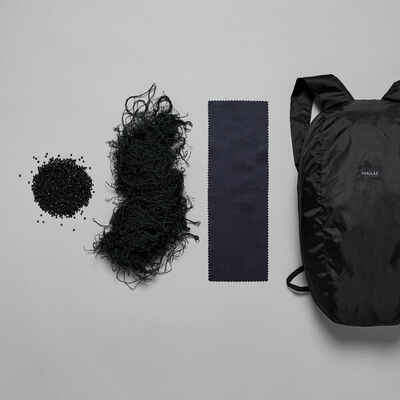Weight
Total weight 3.1 kg
Separable parts to help transportation.
Flysheet only 1250 g
Bedroom only 970 g
Pole kit 600 g
Pegs (12 pieces) 180 g
Guy ropes (4 pieces) 40 g
Bag 90 g + peg bag 20 g
Repair kit (ferrule) 20 g
To protect your product and increase your protection from the sun and bad weather, you can add the MT100 & MT500 2P groundsheet with reference 8581937.
The weight, volumes & sizes may vary slightly owing to production tolerances.
Size and living space
Length of the bedroom 210 cm
Winter 120 cm
Inside height 108 cm (at the highest)
Total height of the tent 120 cm
Two awnings (storage space between the bedroom and the flysheet) 60 cm deep that can each hold a 50 to 70 litre rucksack, mountain equipment as well as a pair of hiking shoes.
4 pockets in the bedroom. 1 inner hook at the top for hanging a lamp and an adjustable horizontal clothes line.
Architecture, tent poles and tent pegs
7001 aluminium poles. Ø 8.5 mm dome; top tent pole Ø 9.5 mm.
Durable lightweight aluminium.
Tent pegs/stakes:
Length 17 cm, Ø 6.1 mm.
Non-anodised 7075 aluminium for increased strength and maximum lightness.
Traditional dome shape that makes the structure free-standing and gives it good durability. Top pole provides volume and therefore capacity.
Pitching/striking
Extremely quick pitching/striking. The flysheet and bedroom are pre-assembled. You then need to insert the tent pole in the sleeves of the flysheet (colour code). It is also quick to strike.
To store the tent in its bag, just fold up the tent until it is as wide as the bag, fold up the tent poles into a bundle and place them on the bedroom or the flysheet, and roll everything up into a small bundle to fit it all in the bag.
Waterproofing
Forclaz tents are laboratory-tested: pitched tent, 200 litres/sqm/hour (3 hours, equivalent to a tropical storm). They are also tested in the field by a sample user group.
75 denier polyester flysheet, polyurethane-coated (interior) water-repellent treatment (exterior), P75D groundsheet in the bedroom.
Seams taped with heat-sealed strips.
Multi-component bedroom (P66D) that is breathable, provides protection from the wind and reduces condensation.
Wind resistance
We test all our tents in a wind tunnel on a turntable where we can expose each side of the tent to the wind.
To test its wind resistance, the tent must be properly pitched, taut but not stretched, with all the guy ropes in position around the tent. It should remain habitable at wind speeds of 70km/h, measured near ground level.
Our tents are certified by the CSTB independent laboratory in Nantes.
Ventilation and condensation prevention
Bedroom with mosquito screen for ventilation and water-repellent fabric to protect from condensation and draughts. Large vent at front of tent and additional vent at feet end.
To reduce condensation inside your tent, it must be properly pitched, with the fabric kept taut without being over-stretched. Vents and good air flow will help reduce humidity inside your tent.
Sun protection
The fabric of the flysheet has a titanium dioxide (Ti0²) coating with a UPF protection of 50 +.
Caution: A large amount of UV rays can pass through an open door.
Protect your skin.
Seasons
3-season tent: your tent will protect you from the harsh weather conditions you can encounter in the spring, summer or autumn. It will withstand light snowfall but is not designed to withstand heavy loads that would weigh on the structure.
In case of snow, remember to shake your tent regularly in order to bring down any snow that has accumulated to avoid putting too much weight on the structure of your tent.
Repairs and After-sales service
All of our tents are designed to be repairable.
You will find the detachable parts (poles, bedroom, etc.) in store or in the workshop of your local Decathlon, or on the website.
If you have a problem, don't hesitate to have your tent looked at in your local Decathlon store.
Repair kit (ferrule, patch): 20 g
Durability
Your tent is designed for itinerant bivouacking, it is therefore not designed for static use in the sun.
We recommend that you avoid leaving it in the sun as the ultra-light fabrics can be sensitive to UV light, that damages them.
 Process
Process Process
Process Environmental Impact
Environmental Impact Process
Process



